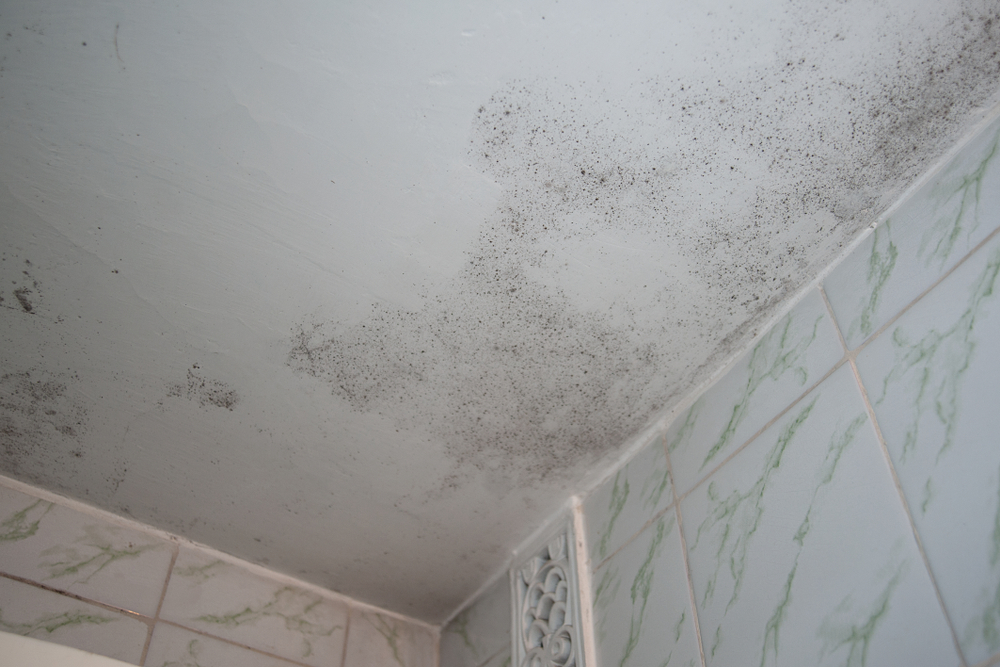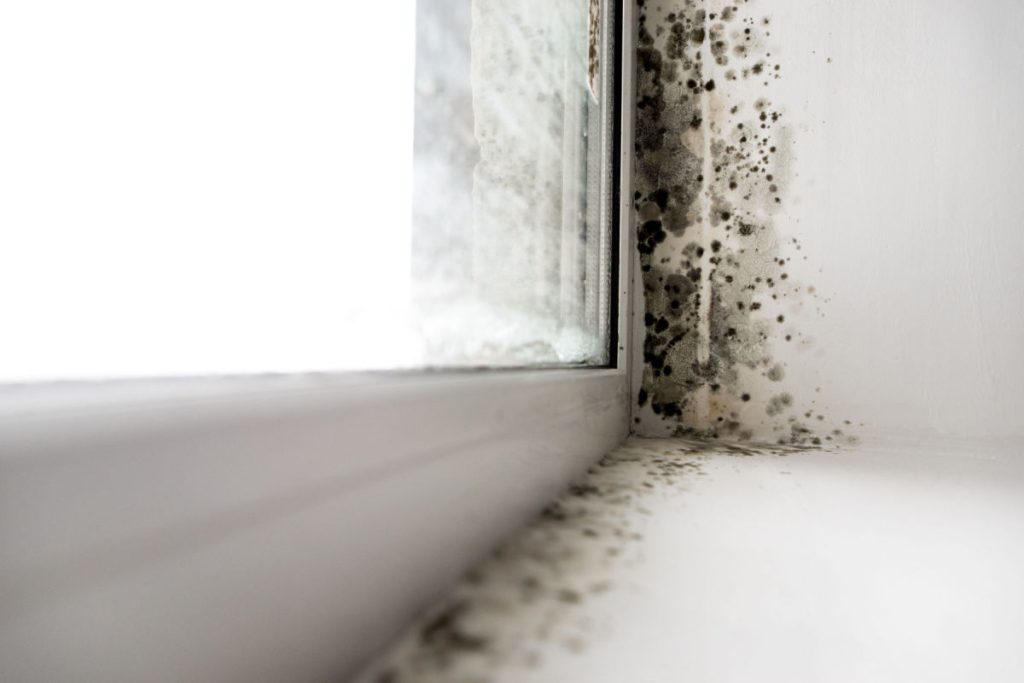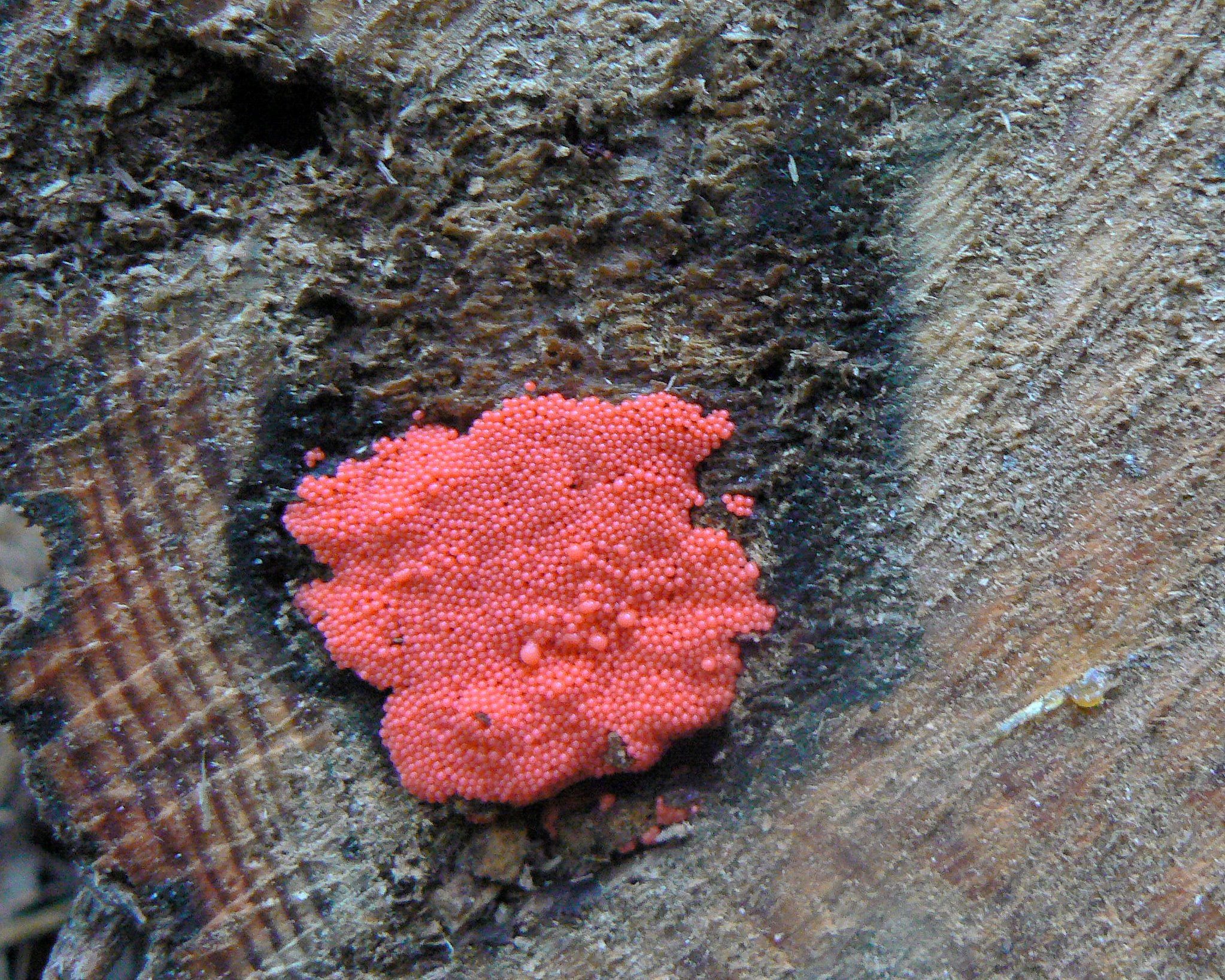Understanding Mold Growth in Bathroom Cabinets: Mold In Bathroom Cabinet

Mold growth in bathroom cabinets is a common problem that can affect the health of your home and family. Bathroom cabinets are ideal breeding grounds for mold due to the presence of moisture, warmth, and organic matter. Understanding the factors that contribute to mold growth and how to identify it can help you prevent and address this issue effectively.
Ideal Conditions for Mold Growth
Mold thrives in environments with high humidity, warm temperatures, and readily available food sources. Bathroom cabinets, with their constant exposure to moisture from showers and baths, often meet these criteria.
- Humidity: The steam from showers and baths creates a humid environment within bathroom cabinets. This excess moisture provides the ideal conditions for mold spores to germinate and grow.
- Temperature: Mold thrives in warm temperatures, typically between 70°F and 80°F. The warm and humid environment in a bathroom cabinet makes it an attractive location for mold growth.
- Food Sources: Mold feeds on organic matter, which is abundant in bathroom cabinets. This includes things like soap residue, toothpaste, hair products, and even the wood of the cabinet itself.
Types of Mold, Mold in bathroom cabinet
Several types of mold can grow in bathroom cabinets. Some common types include:
- Cladosporium: This type of mold is often found in damp areas and can cause allergic reactions and respiratory problems.
- Aspergillus: Aspergillus is another common mold found in bathrooms. It can produce toxins that can cause health problems, especially in individuals with weakened immune systems.
- Penicillium: Penicillium is a type of mold known for producing penicillin, an antibiotic. However, it can also cause allergic reactions and respiratory problems.
Identifying Mold Growth
Mold can be identified by its characteristic appearance and odor.
- Visual Cues: Mold can appear as black, green, white, or gray spots or patches. It can also grow in fuzzy or slimy patches.
- Odor: Mold often has a musty or earthy odor. If you notice a musty smell coming from your bathroom cabinet, it could be a sign of mold growth.
Preventing Mold Growth in Bathroom Cabinets

Mold growth in bathroom cabinets is a common problem, but it can be prevented with proper care and attention. Understanding the factors that contribute to mold growth, such as moisture and humidity, is essential for taking preventative measures. By implementing the following strategies, you can effectively protect your bathroom cabinets from mold and maintain a healthy environment.
Strategies for Preventing Mold Growth
Preventing mold growth in bathroom cabinets requires a multi-pronged approach that addresses the factors that contribute to its development. The following strategies are crucial for maintaining a mold-free environment:
- Proper Ventilation: Adequate ventilation is essential for removing excess moisture and humidity from the bathroom. Ensure your bathroom has an exhaust fan that is used during and after showers or baths. This helps to draw out moisture-laden air, preventing condensation that can lead to mold growth. If your bathroom lacks a fan, consider installing one or opening a window during and after showering to allow air circulation.
- Regular Cleaning: Regular cleaning of bathroom cabinets is vital to remove dust, debris, and potential mold spores. Clean the interior and exterior surfaces of the cabinets with a mild soap and water solution. Pay close attention to corners and crevices where moisture can accumulate. Additionally, it’s recommended to use a diluted bleach solution (1 part bleach to 10 parts water) for deep cleaning and mold removal, but be sure to test it in an inconspicuous area first to avoid damaging the cabinet finish.
- Storage Practices: Proper storage practices are essential to minimize the risk of mold growth. Store items in airtight containers to prevent moisture from reaching them. Avoid storing damp items, such as towels or washcloths, directly in the cabinets. Allow these items to dry completely before storing them, or consider using a drying rack outside of the cabinet.
Bathroom Cabinet Material Comparison
The type of material used for bathroom cabinets can significantly impact their susceptibility to mold growth. Some materials are more resistant to moisture and mold than others. The following table compares different bathroom cabinet materials and their mold resistance:
| Material | Mold Resistance | Pros | Cons |
|---|---|---|---|
| Wood | Moderate | Natural, warm appearance; can be painted or stained | Susceptible to moisture damage and mold growth if not properly sealed and maintained |
| Laminate | High | Water-resistant, easy to clean, affordable | Can be prone to scratches and chips |
| Acrylic | Very High | Highly water-resistant, easy to clean, durable | Can be susceptible to UV damage and discoloration |
| Metal | Very High | Durable, rust-resistant, easy to clean | Can be cold to the touch, may dent easily |
Checklist for Mold-Free Bathroom Cabinets
Maintaining a mold-free bathroom cabinet environment requires consistent attention and preventive measures. The following checklist provides a comprehensive guide for keeping your bathroom cabinets clean and mold-free:
- Weekly Cleaning: Wipe down the interior and exterior surfaces of the cabinets with a damp cloth and mild soap. Pay close attention to corners and crevices.
- Monthly Deep Cleaning: Perform a deep clean of the cabinets, including removing all items and cleaning the shelves and drawers thoroughly. Use a diluted bleach solution for disinfection, but test it in an inconspicuous area first.
- Inspect for Moisture: Regularly inspect the cabinets for signs of moisture, such as condensation or dampness. Address any moisture issues promptly to prevent mold growth.
- Ventilation: Ensure the bathroom is well-ventilated, especially during and after showers or baths. Use the exhaust fan or open a window for air circulation.
- Storage Practices: Store items in airtight containers, allow damp items to dry completely before storing them, and avoid overcrowding the cabinets.
Removing Mold from Bathroom Cabinets

Mold growth in bathroom cabinets can be unsightly and pose health risks. It is essential to address mold contamination effectively to prevent further damage and potential health issues.
Cleaning Solutions and Tools for Mold Removal
Effective mold removal requires a combination of appropriate cleaning solutions and tools. The choice of cleaning solutions depends on the severity of the mold growth and the materials of the cabinet. Here’s a breakdown of common cleaning solutions and tools:
- Bleach Solution: A bleach solution is effective for killing mold spores. Mix 1 part bleach with 10 parts water. Wear gloves and protective eyewear when using bleach.
- Borax: Borax is a natural cleaner and deodorizer that can inhibit mold growth. Mix 1/2 cup of borax with 1 gallon of water.
- Vinegar: Vinegar is a natural disinfectant that can also help remove mold. Use undiluted white vinegar for cleaning.
- Tea Tree Oil: Tea tree oil is a natural antifungal agent that can be used to treat mold. Mix 10 drops of tea tree oil with 1 cup of water.
- Baking Soda: Baking soda is a mild abrasive that can help remove mold stains. Make a paste by mixing baking soda with water.
- Spray Bottle: A spray bottle is useful for applying cleaning solutions to the affected areas.
- Scrub Brush: A scrub brush is necessary for removing mold from surfaces. Use a soft-bristled brush for delicate surfaces and a stiff-bristled brush for tougher surfaces.
- Microfiber Cloth: Microfiber cloths are effective for wiping away cleaning solutions and mold spores.
- Vacuum Cleaner with HEPA Filter: A vacuum cleaner with a HEPA filter can remove mold spores from the air. Use the vacuum cleaner after cleaning to remove any remaining mold spores.
Step-by-Step Guide for Safe Mold Removal
Mold removal should be approached with caution to ensure safety and prevent the spread of mold spores. Follow these steps for safe and effective mold removal:
- Prepare the Area: Open windows and doors to improve ventilation. Wear gloves, a mask, and protective eyewear to protect yourself from mold spores.
- Clean the Cabinet: Remove all items from the cabinet and discard any items that are heavily contaminated with mold. Clean the cabinet thoroughly with a cleaning solution, paying attention to corners and crevices where mold can accumulate.
- Dry the Cabinet: Allow the cabinet to dry completely after cleaning. Use a fan to accelerate the drying process. Ensure the cabinet is completely dry before replacing items.
- Disinfect the Cabinet: After the cabinet is dry, disinfect it with a bleach solution or other disinfectant. Allow the disinfectant to sit for 10 minutes before wiping it away.
- Clean the Air: Use a vacuum cleaner with a HEPA filter to remove mold spores from the air. Run the vacuum cleaner for at least 15 minutes to ensure thorough cleaning.
Cleaning and Disinfecting After Mold Removal
After removing mold, it is crucial to clean and disinfect the bathroom cabinet thoroughly to prevent future growth. Follow these steps to ensure a clean and mold-free environment:
- Clean the Cabinet: Wipe down the cabinet with a damp cloth and a mild cleaning solution. Pay attention to corners and crevices where mold can accumulate.
- Disinfect the Cabinet: After cleaning, disinfect the cabinet with a bleach solution or other disinfectant. Allow the disinfectant to sit for 10 minutes before wiping it away.
- Dry the Cabinet: Allow the cabinet to dry completely after disinfecting. Use a fan to accelerate the drying process.
- Ventilate the Bathroom: Ensure adequate ventilation in the bathroom to prevent moisture buildup. Use an exhaust fan during and after showers and baths.
- Store Items Properly: Store items in the cabinet properly to prevent moisture buildup. Avoid storing items that are prone to mold growth, such as towels, clothes, and books.
Mold in bathroom cabinet – Mold in the bathroom cabinet? Ugh, that’s a total bummer. But hey, at least you can escape to a relaxing space like a light brown and white bedroom , which is way more chill than dealing with that gross mold.
Just remember, if you don’t fix the mold problem, it’ll just keep coming back, and then you’ll be stuck with a stinky bathroom forever. And that’s just not cool.
Mold in your bathroom cabinet? That’s a bummer, dude. It can be a real pain to deal with, especially if you’re trying to keep your bathroom looking fresh. If you’re looking for a new bathroom mirror cabinet, maybe check out bathroom mirror cabinets at Menards.
They’ve got some pretty cool options, and maybe you can find one that’ll help keep the mold away in the long run. Either way, remember to keep that bathroom cabinet clean and dry, so you don’t have to deal with that nasty mold again!
